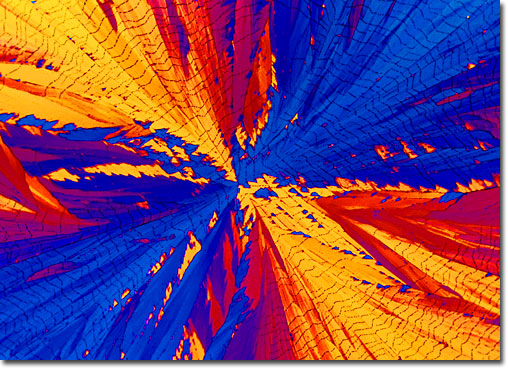Chlordane
View a second image of chlordane.
|
This well-known insecticide was the first member of the cyclodiene class of pesticides introduced in 1945. Other members of this class include aldrin, dieldrin, heptachlor, endosulfan, and chlordecone (Keponer). The cyclodienes are persistent insecticides that are very stable in soil and relatively stable to ultraviolet radiation from sunlight. Subsequently, they have been widely used as soil insecticides and for control of termites and soil-borne insects whose immature stages (larvae) feed on the roots of plants. These insecticides are the most effective, long lasting, economical, and safest termite control agents yet developed. Unfortunately, several soil insects have developed resistance to these chemicals in agriculture, which has resulted in a rapid decline in their use. Note: chlordane has been banned by the Environmental Protection Agency (EPA) for more than 30 years because of human health and environmental risks. The chemical is very persistent and experiences significant levels of bioaccumulation. As a result, eggshell thinning in birds has been widely observed, including endangered peregrine falcons and bald eagles, and the pesticide has been found in human milk, blood, and semen. The fat-loving chlorinated hydrocarbon still pollutes aquatic ecosystems and drinking water supplies in the Termite Belt of the country as it continues to leach from foundations decades after application. |
© 1995-2025 by Michael W. Davidson and The Florida State University. All Rights Reserved. No images, graphics, software, scripts, or applets may be reproduced or used in any manner without permission from the copyright holders. Use of this website means you agree to all of the Legal Terms and Conditions set forth by the owners.
This website is maintained by our
|
